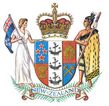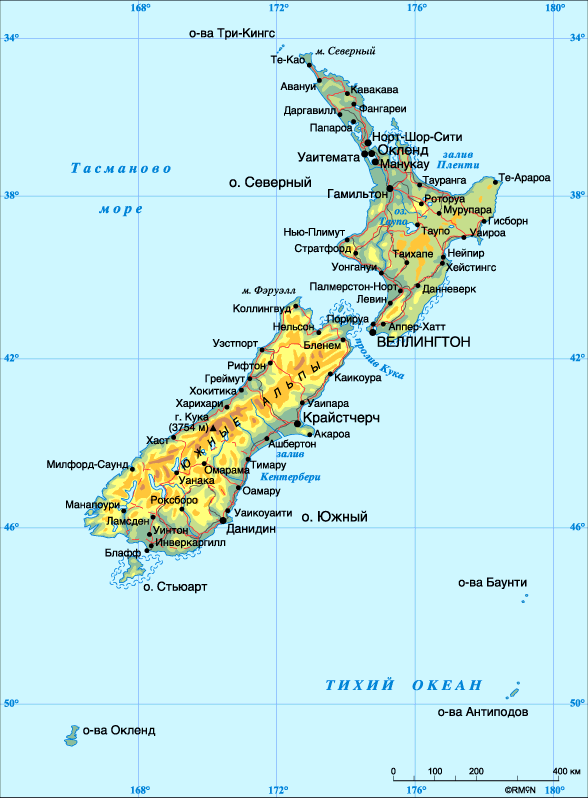
 Among South Pacific nations, New Zealand has the largest and most industrialised economy and is second only to Papua New Guinea in population. New Zealand is notable for its isolation, being separated from Australia on the northwest by the Tasman Sea, some 2,000 km wide. The closest neighbours to the north are New Caledonia, Fiji and Tonga. The population of New Zealand is mostly of European descent, with the indigenous Māori as the largest minority. Non-Māori Polynesian and Asian peoples are also significant minorities, especially in the cities.
Among South Pacific nations, New Zealand has the largest and most industrialised economy and is second only to Papua New Guinea in population. New Zealand is notable for its isolation, being separated from Australia on the northwest by the Tasman Sea, some 2,000 km wide. The closest neighbours to the north are New Caledonia, Fiji and Tonga. The population of New Zealand is mostly of European descent, with the indigenous Māori as the largest minority. Non-Māori Polynesian and Asian peoples are also significant minorities, especially in the cities.
Elizabeth II is the Queen of New Zealand and is represented in the country by a non-political Governor-General. Political power is held by the Prime Minister who is leader of the Government in the democratically elected Parliament of New Zealand. The monarch's Realm of New Zealand also includes the Cook Islands and Niue, which are entirely self-governing; Tokelau, which is moving towards self-government, and New Zealand's claim in Antarctica.
Geography

New Zealand comprises two main islands (simply called the North and South Islands in English, or usually Te-Ika-a-Maui and Te Wai Pounamu in Māori) and a number of smaller islands. The total land area of New Zealand, 268,680 km2, is somewhat less than that of Japan or of the British Isles, and slightly larger than Colorado in the USA. The country extends more than 1600 km along its main, north-north-east axis. The most significant of the smaller inhabited islands of New Zealand include Stewart Island/Rakiura, Waiheke Island, an island in Auckland's Hauraki Gulf, Great Barrier Island, east of the Hauraki Gulf and the Chatham Islands, named Rekohu by Moriori. The country has extensive marine resources, with the fifth largest Exclusive Economic Zone in the world covering over 4 million km2, more than 15 times its land area.
The South Island is the largest land mass, and is divided along its length by the Southern Alps, the highest peak of which is Aoraki/Mount Cook, at 3,754 metres (12,316 feet). There are 18 peaks of more than 3,000 metres in the South Island. The North Island is less mountainous than the South, but is marked by volcanism. The tallest North Island mountain, Mount Ruapehu (2,797 metres), is an active cone volcano. The dramatic and varied landscape of New Zealand has made it a popular location for the production of television programmes and films, including the Lord of the Rings trilogy.
Aoraki/Mount Cook is the tallest mountain in New ZealandThe usual climate throughout the country is mild, mostly cool temperate to warm temperate, with temperatures rarely falling below 0 °C or rising above 30 °C. Conditions vary from wet and cold on the West Coast of the South Island to dry and continental in the Mackenzie Basin of inland Canterbury and subtropical in Northland. Of the main cities, Christchurch is the driest, receiving only some 640 millimetres of rain per year. Auckland, the wettest, receives a little less than three times that amount.
